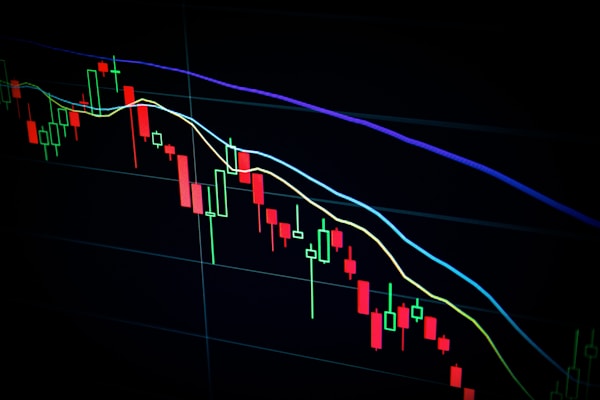Technical analysis is the study of price movement over time and how it’s related to past events. Technical analysis evaluates securities by analyzing the statistics generated by market activity, such as past prices and volume. Technical analysts believe that the collective actions of all the participants in the market accurately reflect all relevant information and that it is this collective information that determines the price. Keep reading to learn how to use technical analysis to predict stock prices.
Using Technical Analysis Tools

Technical analysis helps predict future stock prices by analyzing past prices and pattern charts. Trend analysis looks at whether the stock price is going up or down and attempts to identify when that trend will reverse. The most common tool used for technical analysis is stockcharts, which plot the price movement of a security over time. Using a tool like financecharts.com gives you access and insights to 20 years of research of public companies in the United States for nearly every ratio and financial metric, all free.
Many different patterns can be identified, but the most common include support and resistance levels, trendlines, and moving averages. Support and resistance levels are points where a security’s price has been historically more likely to reverse direction. Trendlines are lines drawn on a chart that identifies the overall trend of a security’s price movement. Moving averages are calculated averages of a security’s price over a given period, and they can be used to identify when a security is in an up or downtrend.
Technical analysis can be used to trade securities short-term or long-term. Short-term traders often use technical analysis to scalp profits by quickly buying and selling securities. In contrast, long-term traders often use it to make, buy, or sell decisions based on overall market trends.
Using Charts to Spot Patterns

Charting looks at the relationship between different points in time, called candlesticks, to try to spot buying or selling opportunities. Indicators look at historical data to find connections between certain factors and stock prices. By using technical analysis, investors can gain insights into what stocks may be suitable investments.
Stockcharts are used to track and analyze price patterns to predict future stock prices. Stockcharts are a graphical representation of the price movement of a security over time. The most common chart type is the line chart, which plots the security’s closing price over time. Price patterns can identify when security is over-or undervalued and provide insights and clues as to where the security may be headed in the future. There are many different types of price patterns that can be observed.
One popular type of price pattern is the head and shoulders formation. This pattern typically indicates that security will experience a downward trend. The head and shoulders formation consists of three peaks, with the middle peak being higher than the other two. The first peak is the left shoulder, the second peak is the head, and the third peak is the right shoulder. The neckline is drawn, connecting the lows between the left shoulder and head and between the head and right shoulder. A break below this line indicates that a downward trend has begun.
Another typical price pattern is known as a double bottom or double top. This pattern signals that a security may be nearing an upside or downside breakout. The double bottom formation consists of two consecutive troughs of equal height, with no intervening highs separating them. The double top formation consists of two successive peaks roughly equal in height, with no intervening lows separating them. When these formations are spotted on a chart, they often indicate that a reversal in trend may be imminent.
Technical analysis helps predict stock prices by analyzing past and present data about a company’s performance. This information can identify trends and make predictions about future prices. Technical analysis is not foolproof, but it can be valuable for investors.





